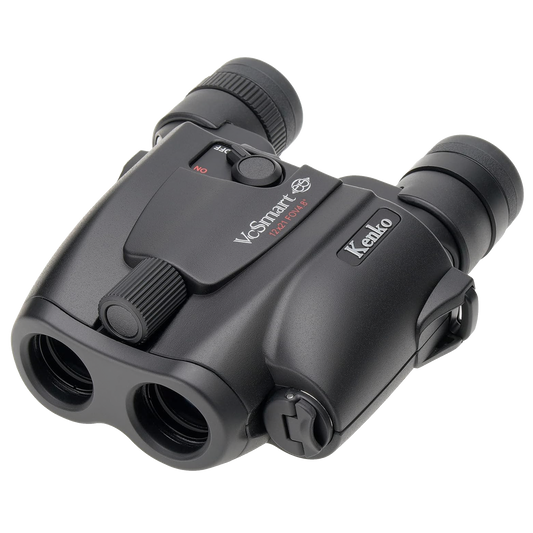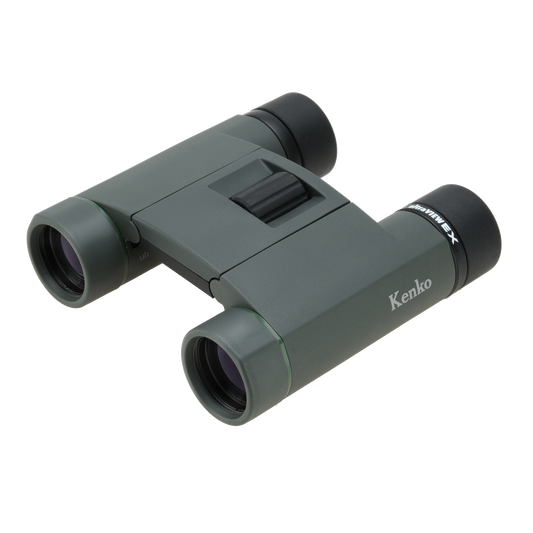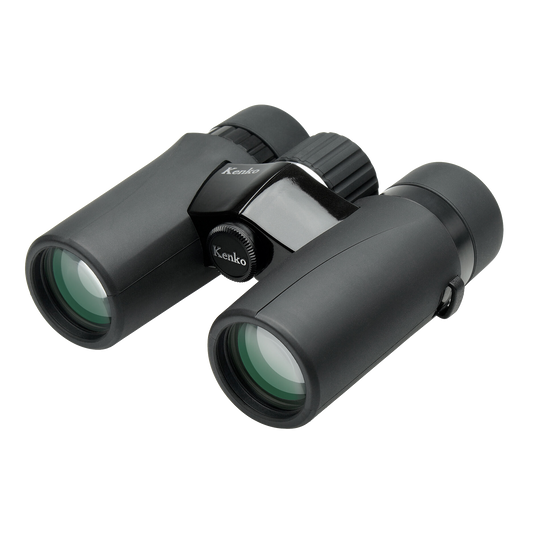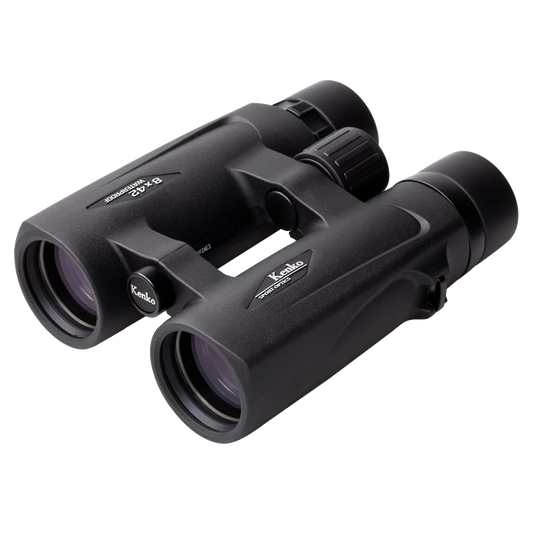
Use a Variable ND Filter for Portraits for Better Results

Photo by Anastasiya Gepp from Pexels
For as long as photography has been in existence, photographers have sought better ways to make great images. Some of the earliest photographs were portraits and portrait photography continues to be one of the most popular forms of photography, both casual and serious.
Among the better ways found to achieve better results in photography is the creative use of filters. When I was first getting serious about my own photography, one of the first things I learned was how to use filters for portraits. Recently, I’ve been using an ND filter for portraits.
Table of Contents
- Lens Filters for Portrait Photography
- Change Dynamic Range
- Block Those Highlights
- Change Exposure Value
- Variable ND vs Fixed Value
- Better Portrait Results
Editor's Tip: Get Kenko’s latest updates and access to promos for discounted gear. Click here to sign up.
Lens Filters for Portrait Photography

Photo by Roman Koval from Pexels
Adding a neutral density or ND filter for portraits may seem like an odd choice at first glance.
The standard group of filters for B&W film photography all changed contrast up or down. Filters for color film photography mostly had to deal with correcting the color temperature of the lights for what the film balance was.
With digital cameras, we tend to either let the camera change white balance automatically or adjust it later in post processing. Same with contrast levels. If you started out in digital photography, none of this talk of filters for film photography will make much sense.
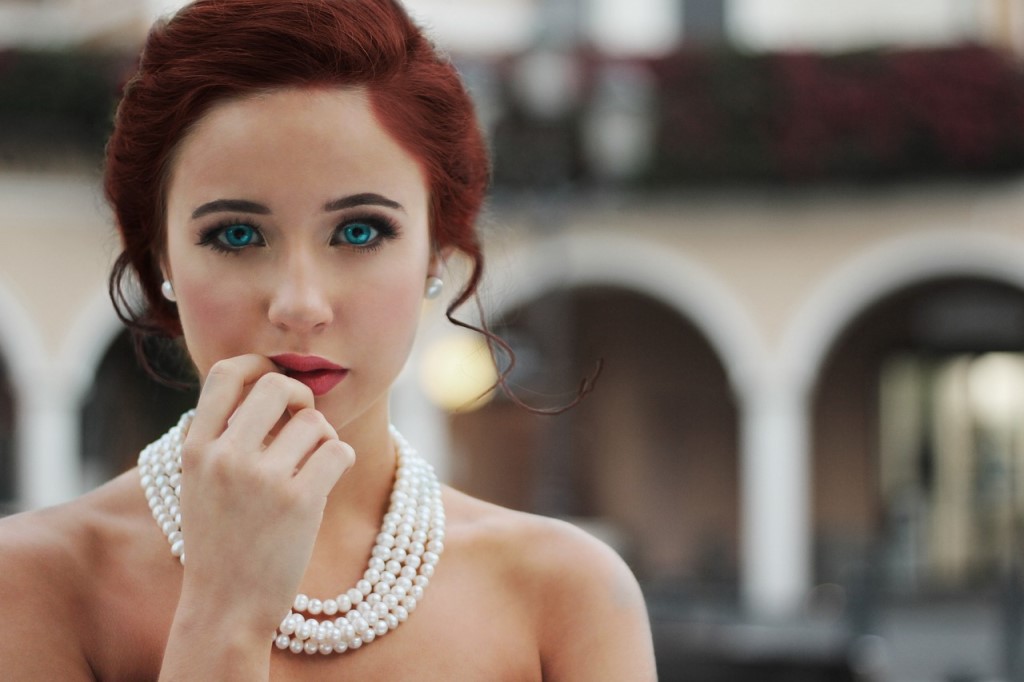
Image by Matteo Venturella from Pixabay
Suffice to say, we can easily do so much in digital photography that requires lots of effort to accomplish with celluloid film. Even filter effects such as soft focus can be done with great control digitally.
So, why look at variable ND filters for portraits with digital cameras? You’ll find a lot of reasons to use variable ND filters and graduated ND filters for many aspects of your own photography. Let’s look at two of the biggest reasons to use an ND filter for portraits.
One, to change the dynamic range of the scene in front of your camera. Two, to change the exposure value (EV) of the scene.
Learn More:
Change Dynamic Range

Photo by Chloe Kala from Pexels
The dynamic range of a scene refers to the range of the deepest shadow to the brightest highlight. The dynamic range of a camera sensor refers to how much of those lows and highs the sensor is capable of rendering at once.
For light and dark values of a scene that are outside of the range of the sensor, the deepest of the shadows and the brightest of the highlights will have very little to no detail recorded.
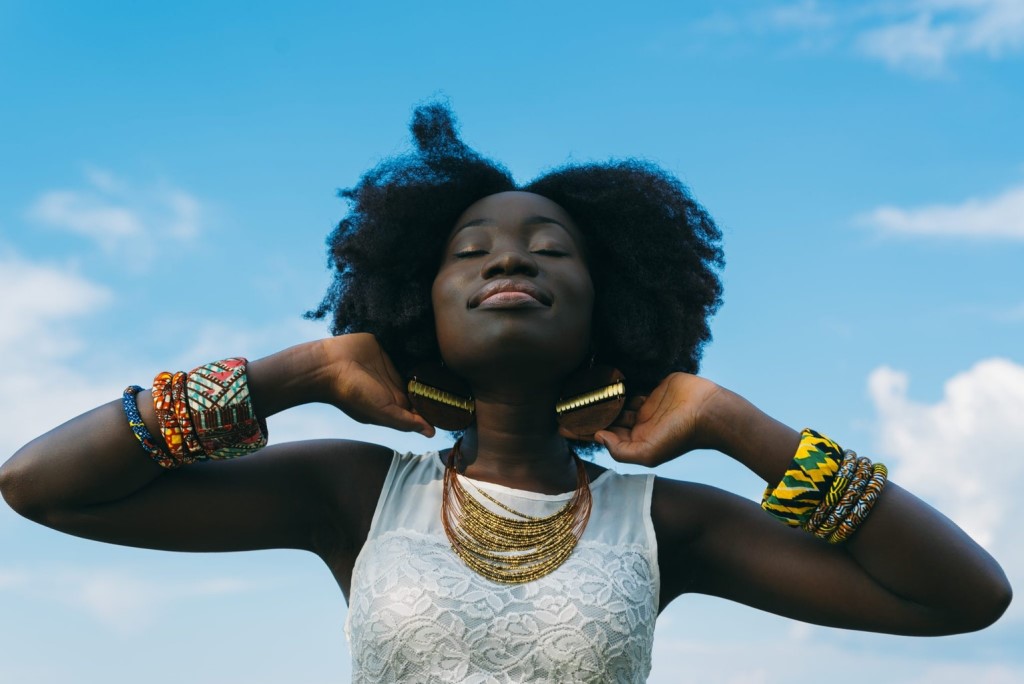
Photo by nappy from Pexels
By the way, when recording completely outside of what the sensor is capable of, you won’t be able to ‘pull out’ any detail with post processing. If you recorded no detail, it just isn’t there.
Recommended Portrait Lighting Books:
- Picture Perfect Lighting: An Innovative Lighting System for Photographing People
- The Dramatic Portrait: The Art of Crafting Light and Shadow
- Portrait Photography: From Snapshots to Great Shots
Block Those Highlights

Photo by Renato Abati from Pexels
A great way to fix this problem is to block out the brightest highlights thus effectively lowering the range of the entire scene. The reason this would work at all is because you’re shooting in RAW.
Have you started shooting in RAW yet? There is nothing wrong with shooting in camera with JPEG, but recording in RAW allows for your camera to record all the detail it’s capable of resolving with any loss from compression.
In RAW, you have a better ability to enhance shadow detail than to do anything with blown out highlights. A variable ND filter, such as the Kenko PL Fader Filter, will allow you to selectively change the dynamic range of a scene to more closely conform to the range your sensor can handle.
How does this help with portrait photography? You have lots of control over lighting and exposure when shooting in studio. When you’re outside or taking environmental portraits, you won’t have complete control over the light, so you need to control it in order to get good results.

Image by Vic Padilla from Pixabay
As an example, suppose you are taking engagement or anniversary pics outside at a beautiful lakeside resort or pristine beach. The sun reflecting off of the water or the bright sand could be beyond the range of your camera’s sensor, making the overall image exposure difficult.

With a variable ND filter like the Kenko PL Fader Filter, you can dial down the brightness of the entire scene, thus lowering the highlights. If your actual portrait subject requires a little extra exposure, balance it out with fill flash or a well placed reflector.
Change Exposure Value

Photo by Jeff Denlea from Pexels
Why would a photographer want to change the EV of a scene? The biggest reason that relates to portrait photography is to be able to use different f-stops or shutter speeds than the exposure triangle has calculated for your scene.
The exposure triangle is a handy tip for portrait photography since it shows you what aperture and shutter speed combinations are available for any given scene EV.
The brightness level of some scenes restricts you from employing selective focus techniques because you don’t have a wide enough f-stop available. Adding a variable ND filter like the Kenko PL Fader Filter to your lens lets you dial in density so you can you can open up that aperture wide, thus limiting depth of field.

You could also go for shutter speed changes. Back to that lake or beach scene we imagined earlier, if we want the waves or a waterfall in the background of our portrait to be blurred by water motion, we need a longer shutter speed. Dialing in the right amount of density will lower the overall EV of a scene, letting us use slower speeds.
Variable ND vs Fixed Value

Photo by Daria Obymaha from Pexels
For the purposes of making environment portraits, a variable ND might work out better for you than any of the fixed value ND filters. Since you are not in absolute control of the lighting when outdoors, having that added versatility gives you more options for creativity.
Similar to how a zoom lens gives you a wide range of focal lengths over a fixed focal length prime lens. A high-quality variable ND filter won’t give you fits about sharpness either. Obviously not a perfect comparison, but a variable filter is much more simple than a variable focal length lens.
Here’s one of my favorite variable ND filter tips for new users. Buy the filter in the size to fit your largest diameter lens and then use filter step down rings to adapt it to your other lenses. High-quality variable ND filters aren’t budget breakers, but they are more expensive than other filters you may already have.
Better Portrait Results

Once you start using your variable ND filter for portraits, you will certainly enjoy the extra freedom of choice it gives you. Freedom to balance the dynamic range of a scene to what your sensor can record. Freedom to employ different shutter speeds and f-stops so you can make use of special techniques.
You can use these filters in your studio, too, but you will really enjoy them as you get outdoors and capture beautiful environmental portraits.
Originally posted on Photographytalk.com.

